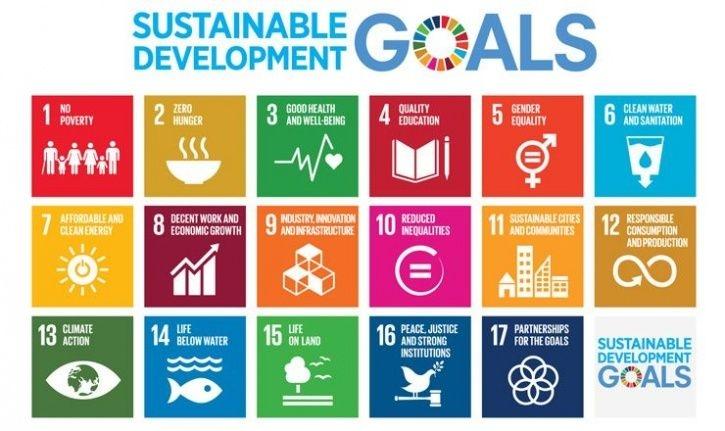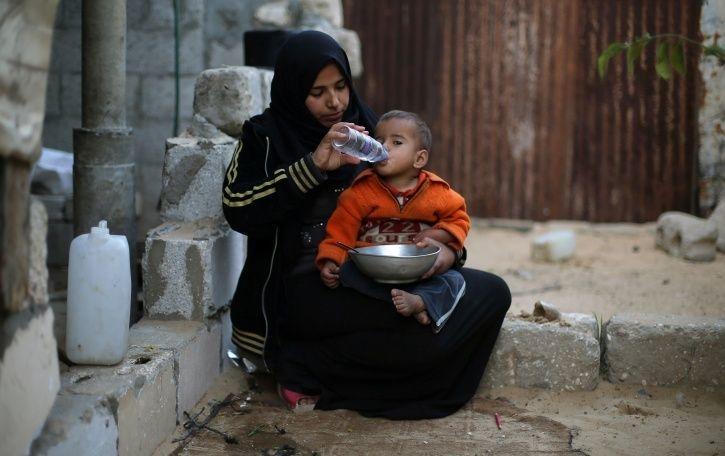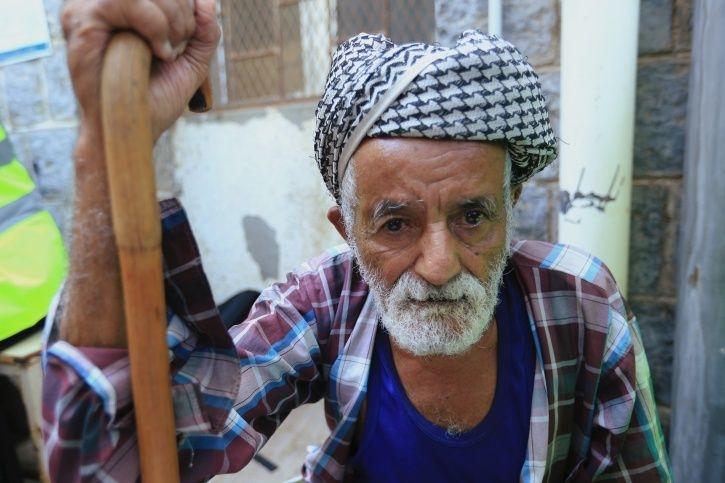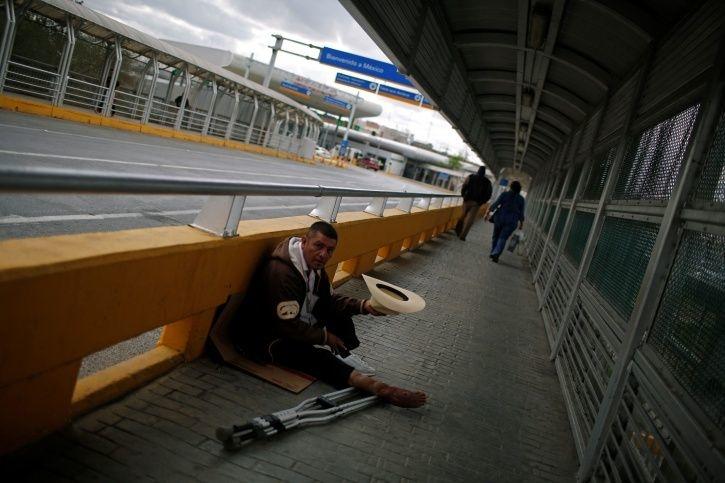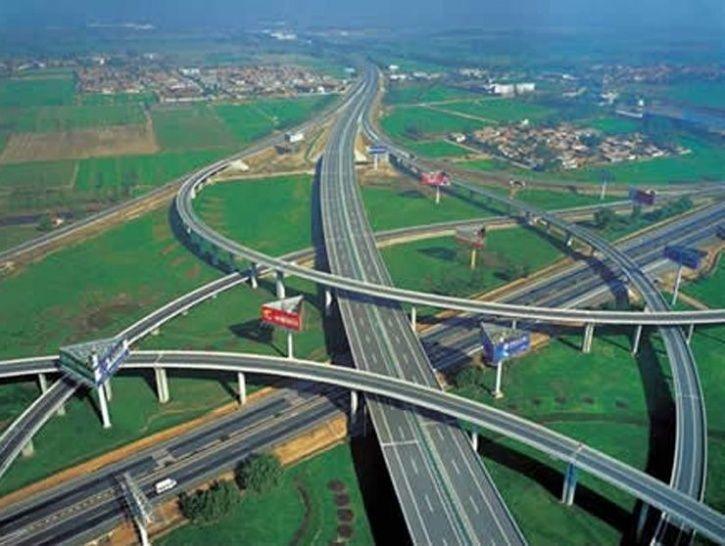In 2015 , the United Nations adopted a set of 17 goals, aimed at fulfilling the 2030 Agenda for Sustainable Development. These well-crafted goals cover all areas of human development and interaction, and are geared towards creating a more equitable world, with an emphasis on healthcare, sanitation, food, education and justice for all. These goals also take into account the impact on the environment, and aim to protect it by championing the cause of balanced, sustainable development.
A large part of the world’s population lives in poverty. They lack basic infrastructure, healthcare and amenities; and thus, are deprived from quality nutrition, education and acceptable accommodation. To create a better tomorrow, it is imperative to be able to focus on improvement on these counts. Therefore, many of the UNSDG’s (United Nations Sustainable development goals) focus on these segments.
However, even as of now one in every four people in India lives below the poverty line. The ratio between states is also skewed, with about 52% of Bihar’s population living in extreme poverty, while only about 1% of Kerala’s is the same. The MPI corroborates that Poverty results in many lacks, such as health (increased child mortality), education, living standards (including sanitation, housing and drinking water); and reduction of economic deficiency alone would not be adequate. Therefore, the UNSDG lists other concrete goals that need to be achieved in conjunction with eradicating poverty, to create a wholly balanced future.
The goals to create ‘good health and well- being’, to achieve a ’zero hunger’ society and to ’clean water and sanitation’ as well as to ’quality education’, all work in conjunction with one another. Furthermore, the goal to ’create sustainable cities’ also adds to the cause. The UNSDG also emphasizes the need to foster better cooperation amongst nations, and within nations, and hence lays down the goal to create ’partnerships for the implementation’ of the UNSDGS
A large population of India sleeps hungry, daily. Within this year, three underage girls in Delhi died of starvation. In the tribal belt of Jharkhand, a40 year old man died of the lack of food. His wife further elaborated that the man was suffering fromjaundice, and that the family was too poor to afford medicines, and there were no medical facilities available in their vicinity.
It is estimated that about 191 million Indians go to sleep on empty stomach daily, and the number of children succumbing to death (due to lack of food, basic medicine or exposure to unclean water) is 39 per 1000 children. Water borne diseases such as diarrhoea, typhoid are the leading killers.
This stands in stark contrast to the life of excess of the middle class and upper middle- class segments of the country. About 40 percent of the food produced in the country is wasted, and about 21 million tonnes of wheat produced ever year rots. This is owing to inadequate infrastructure for storage and transport to areas of mal-nutrition.
It is also ironic that a large percentage of the Indian population does not have access to healthcare, even though India is a preferred medical tourism destination in Asia. As a country, we spend less than about 1% of our GDP on public healthcare, compared to the global average of 6% (for countries at similar or higher levels of development). This results in many deaths that could have been prevented by timely access to medicines or qualified doctors.
In addition to causing casualties, diseases also reduce productivity of the working population, resulting in loss of income, and thus poverty.
Thus, these are inter-related concerns that work in a cyclical fashion, with one leading to another. These can be completely eradicated if the root causes are simultaneously and collectively targeted.
NITI Aayog (the think tank of the government) is working to comprehensively set targets and monitor the progress of the UNSDGs in India. They have mapped a progress plan by involving state governments and local authorities, and have set up a list of tangible targets towards achieving each goal. For the 17 goals, a total of 169 targets and 306 national indicators have been identified. The SDG India index enumerates these goals and even lists out state wise performers on these counts.
In the example of the goals related to poverty and hunger alleviation, various initiatives have been undertaken by the government. The Pradhanmantri Awaasyojna aims to build 30 million houses for the rural homeless by 2022.
Better implementation of the Public distribution system, the mid day meals at government schools and the Food Security act (which will subsidize grains for economically weaker sections of society) all aim to create a zero hunger society, and promote good health and well being by providing adequate nutrition.
The government is also planning to increase the spend on healthcare, to provide coverage for all. Programs such as mission Indradhanush to provide free basic immunization to children, and the Swacch Bharat abhiyaan to end open defecation work towards curbing deaths due to diseases.
Moreover, the creation of mindful and needful infrastructure, facilitates better living environment and increases access to facilities.The government is partnering with various private sector players, and agencies such as the UN for the completion of these goals.
The UN has officially invited Greater Noida to participate in its initiative of creating 25 model cities(across the world ) which will be sustainable cities. This is in addition to the government collaborating with other nations, such as Japan, to increase and better the infrastructure in India, as well as contribute by knowledge and data sharing with neighbouring countries.
At an individual level, conscious effort can be made to reduce food wastage- by purchasing that can be consumed and would not be wasted by rotting. Leftover, consumable food can be donated to various NGOs such as the Robin Hood Army, Feeding India and No Food Waste. They collect surplus, usable food from events and take it to the needy.
Most hospitals are directed to provide free treatment to below poverty line persons, but most of the needy are unaware of the procedure. Gathering and disseminating accurate information about hospitals in your vicinity can help save an economically challenged person’s life.
In a population of 7.7 billion, and growing, every individual effort is imperative in being able to achieve these goals set forward for 2030. Small steps taken together will help cover large ground, and make substantial breakthroughs.
Article Credit: IndiaTimes
